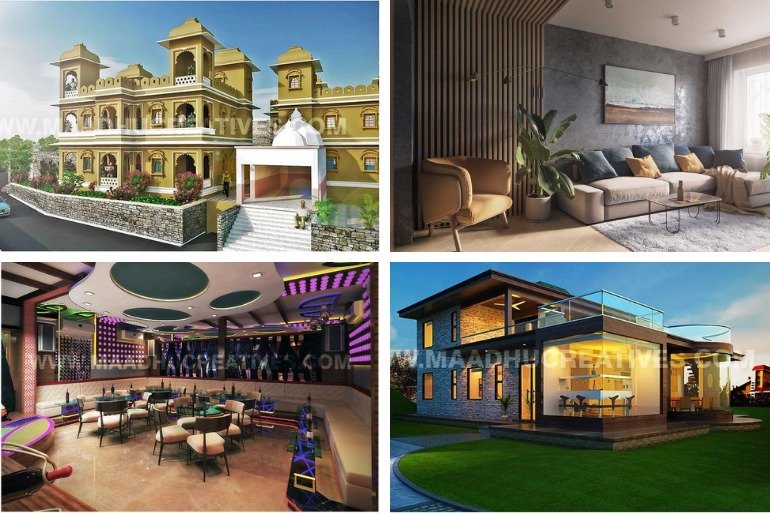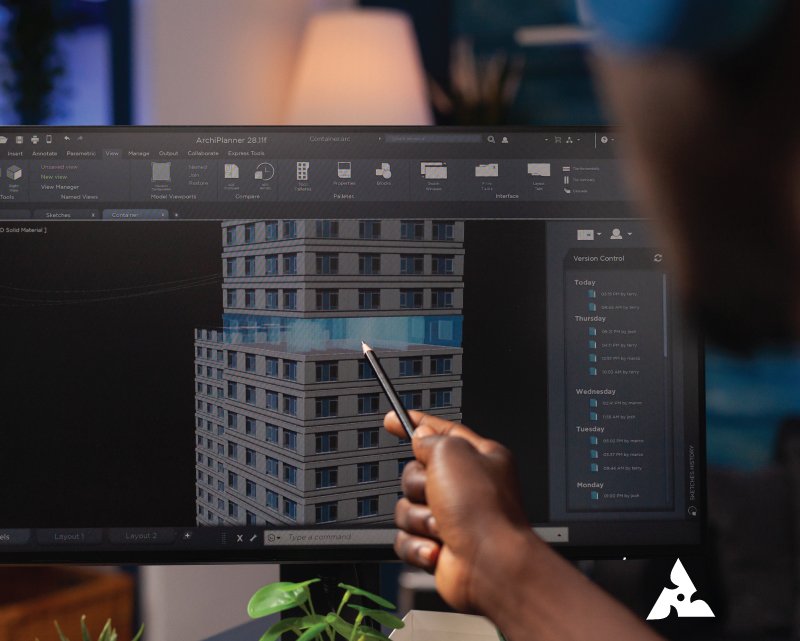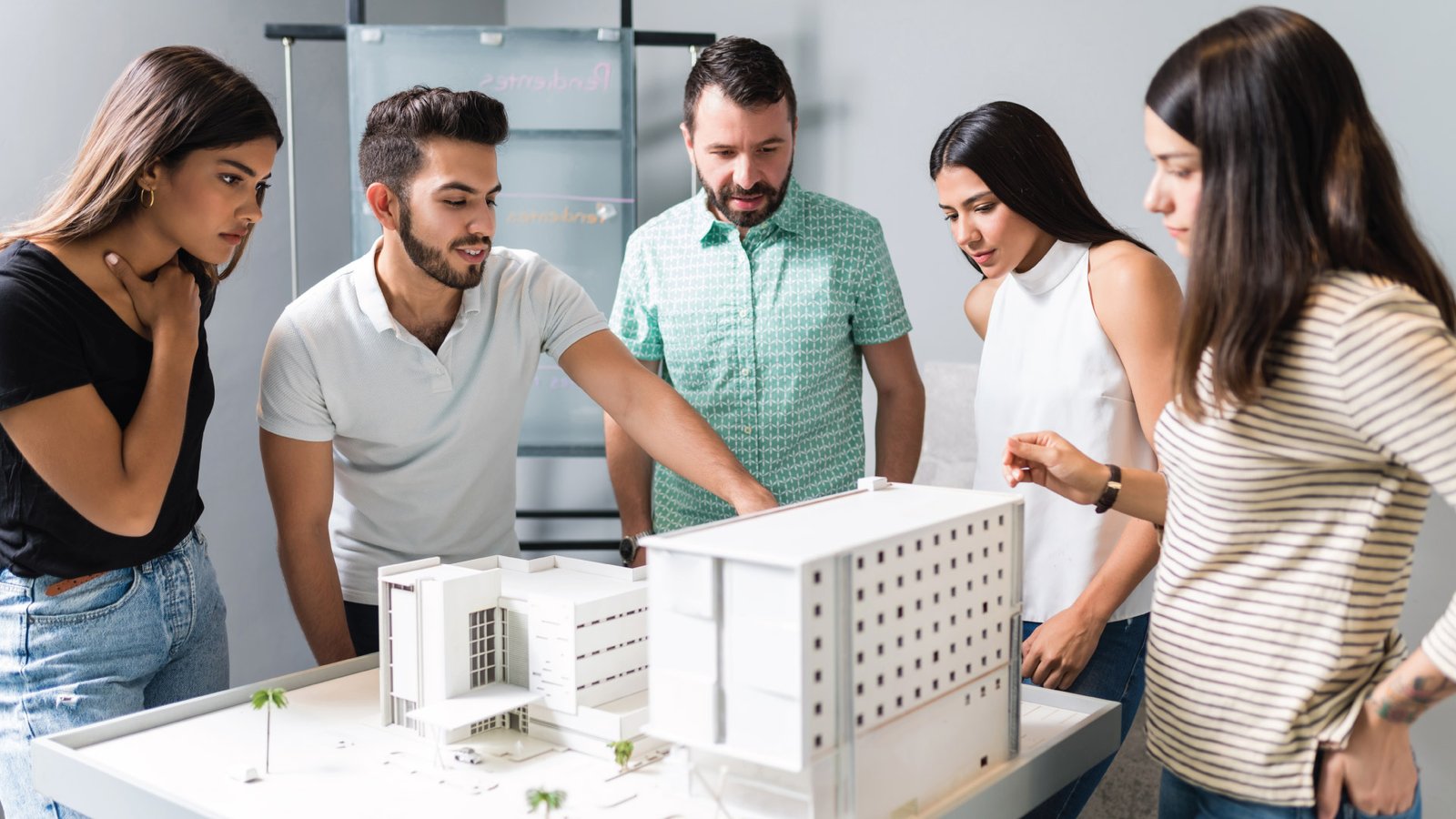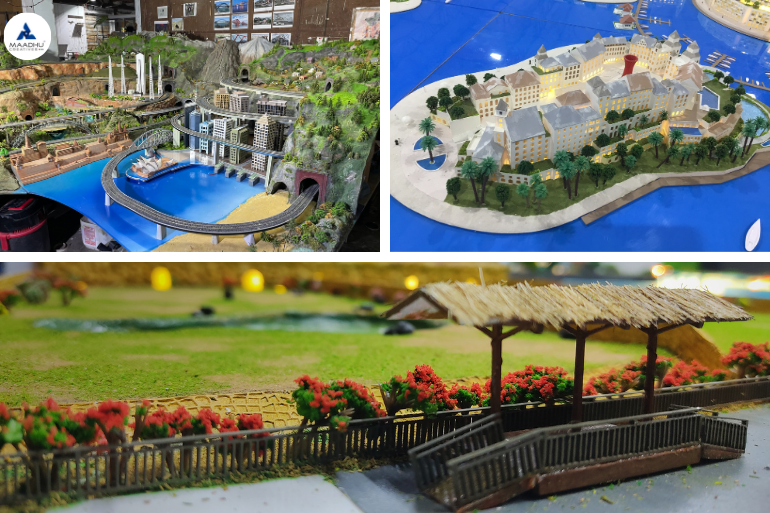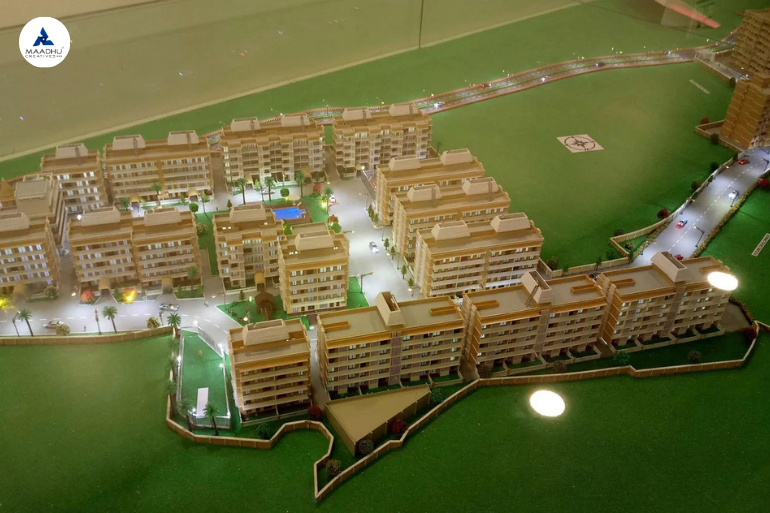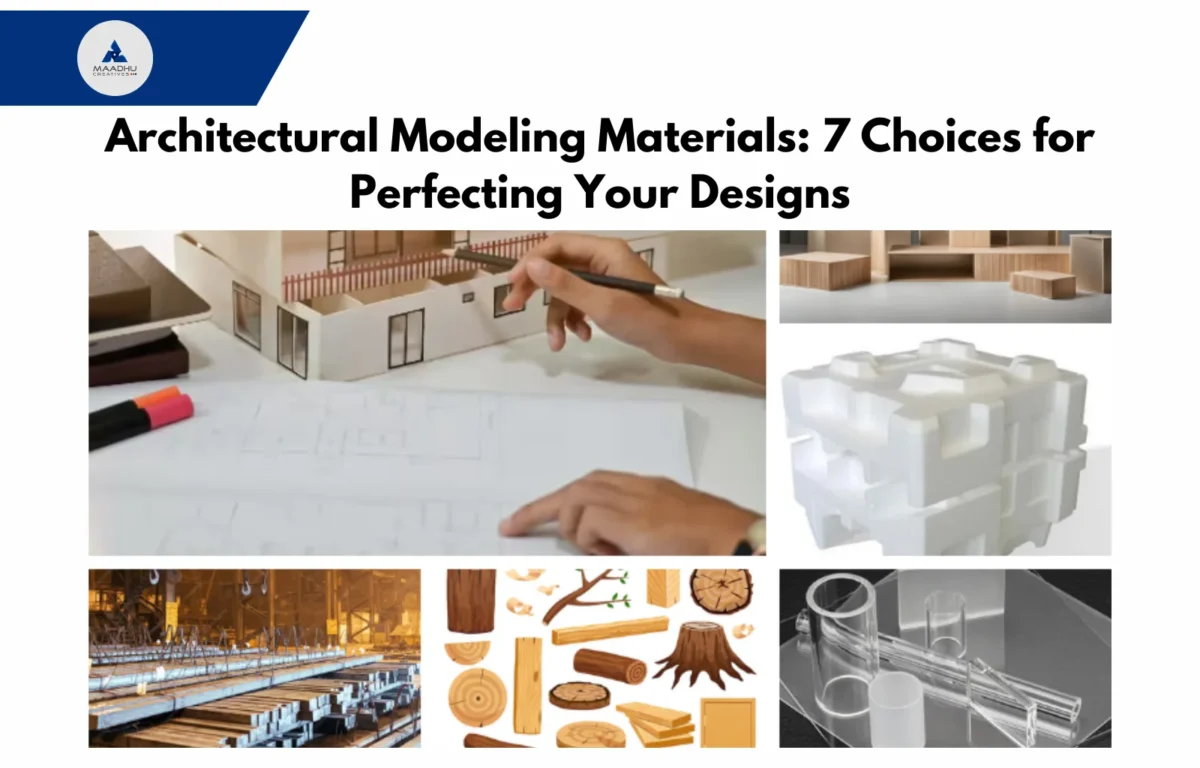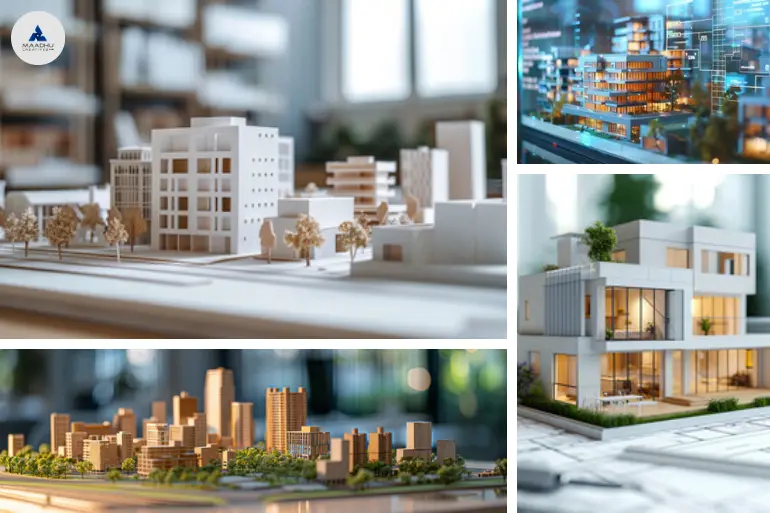The Ultimate Guide to House Models: Types, Benefits, and Building Tips Table of Contents Due to the fact that house models are seen as the crucial aspect in such ideas as architecture, estate, and design, the models have to be excellent. Hence they are a constructive and relatively often sensationalistic way in which building pursuits can be imagined and described, observed, and nurtured. Anyway, if one is an architect, a developer, planning real estate, or a homeowner who wants to add a new space, the understanding of the different models of houses and their uses would be a plus. It spans a wide range of house models with emphasis on the benefits and piles this approach together with an introduction to the’real world, where people are assisted to build their own homes. Also, the goals we seek to achieve include the following: In addition, we seek to demonstrate how Maadhu Creatives offers superior house model service delivery compared to the competition at the international level. Understanding House Models making House models are those replicas of actual structures that give a true to life and more familiar evaluation of architecture and building layouts. They differ in the complexity of construction, the materials used, and the kinds of clients they suit. Depending on the type of model, each has its benefits; the simple scale models are easier to make and require fewer materials; 3D-printed ones are advanced and far more useful, especially if used in architecture. Types Of 3D House Models Scale Model Houses Scale model houses are actual structures but in miniature form, which are representative of real buildings. They can usually be constructed to a certain scale, like 1:100 scale or 1:50 scale, meaning that each inch constructed on the model corresponds to a certain size in the real world, such as the size of the buildings. These models are especially helpful for architects and developers, as they provide a detailed and three-dimensional view of their projects. They are useful in presenting architectural designs to clients, other stakeholders, and government agencies in order to give them an understanding of what they are to expect from the final outcome. Benefits: Helps give a tangible vision of the design. Enables the elicitation of proportions and relations in space. Ideal for conferences and business encounters with a client or group of people. 3D Printed House Models As a result of the use of advanced printing technology, 3D printed house models are characterized by a high level of working detail and accuracy. This contemporary method perhaps permits higher levels of shapes and superior details than more conventional procedures. 3D-printed models, due to their design, can be created in a short time and be easily changed to suit other uses. Thus, they are suitable for use mostly in production processes and in presentation. Benefits: High levels of detail and considerable accuracy. Short time to produce a capability, and capability propositions can be changed easily. It is best used when designing add-on detailing in the garment. Wood House Models Wood house models are made from different types of wood, and looking stylish and traditional, they are made by hand. Such models are predominantly applied in high-end presentations and exhibitions because they are more resilient and are produced in a more polished manner. They present the interior as well as the exterior features of a building, which other materials may not be able to do as effectively while affording the feel that comes with touching something. Benefits: Durable and aesthetically pleasing. Designed for intricate presentations and when high picture resolution is required. Crisp, simple, and gives a classic and rough feel that is associated with tactile media Styrofoam Home Models Styrofoam models are lightweight and easy to manipulate, best suited for temporary displays, schools, or for projects where budget is a constraint. Because styrene foam is easy to cut and shape, one can quickly make alterations flexibly. These models are really useful during design concepts and when one has to seek comments from the clients. Benefits: Lightweight and simple to shape Low styrene foam cost for prototype stages of design Fast to make and adjust. Villa Model Houses Villa models are made to represent a bigger, more detailed residential project, often involve deluxe or complete layouts. Models of such will often be very catchy when it comes to presenting upper-class properties or mega projects. They represent the grandeur and layout of projects at their best for incoming buyers or investors. Benefits: Very handy when giving a wow factor to luxurious and intricate designs. Aids in mass projects’ visualization. Very eye-catching to potential buyers and investors. Benefits of House Scale Models Enhanced Visualization House models offer an owner of a project a view that is exceedingly clear about how various design elements all fit together. Not like blueprints, which are difficult to understand because they are flat, models are actual and allow one to understand spatial relationships and overall aesthetics. Better Communication The architects and designers will be better able to communicate the idea to their clients and contractors through a physical or digital model. Models interpret exactly what may be within complicated architectural plans and translate it into reality, thereby avoiding miscommunication and providing a clearer avenue of discussion. Cost-Effective Design Costly changes at the end of design can be avoided since using house models for testing and adjusting designs as needed may expose potential problems before construction ever begins. This will avoid many costly changes at the end of design and will ensure a finished design that satisfies all requirements and expectations. Marketing and Sales House models are, therefore, a strong tool in marketing and sales of real estate. Detailed models give potential buyers an opportunity to learn about a property way before construction is complete; this enables them to look at, view, and stimulate interest in closing a sale deal for the same. From small single-family homes to large development concepts, models do an engaging and very effective property presentation. How to Make
